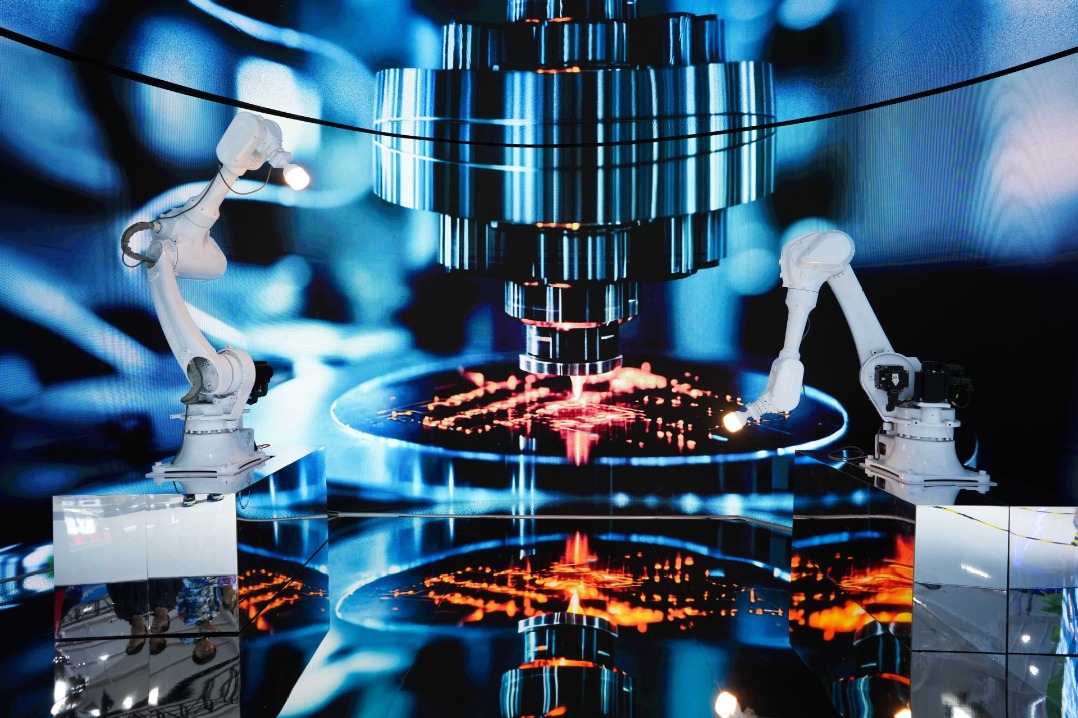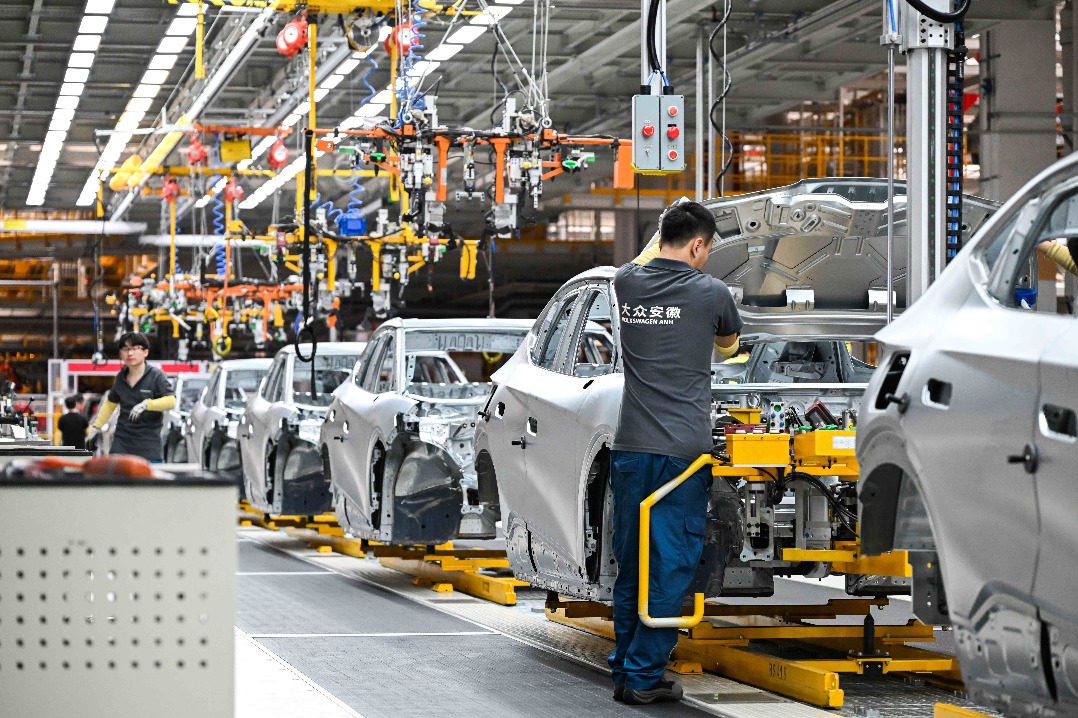Medical AI applications gaining ground


In addition, effective diagnosis should require turning random words into structured text decipherable to machines, such as key parameters including body temperature and gastrointestinal symptoms. This requires natural language processing and medical knowledge mapping to help with diagnoses.
Fang said the system developed by the company has on average shortened time spent in hospitals from 180 minutes to 80 minutes, and 70 percent of all medical test paperwork is automatically prescribed by AI and rechecked by nurses.
"AI is most helpful for pediatricians, because younger patients have more difficulty (compared with adult patients) accurately describing their symptoms. So more is expected from AI," she said.
Inpatient management is key for patients with critical conditions, and that's also when AI is of greater importance.
A centrally controlled panel is installed in the ward of the center's pediatric respiratory department where key parameters are automatically displayed at the touch of the screen.
The monitor serves to help nurses familiarize themselves with patients' conditions, such as new arrivals or those whose conditions have experienced drastic changes overnight.
"AI's application in the medical realm should go beyond medical imaging," said Ma Handong, vice-president of Shanghai Synyi Medical Technology Co, which co-develops the system with the center.
"We see huge potential in developing a clinical decision support system, clinical quality management and smart schedule arrangement system," Ma said.
Wearable technologies are making waves in several medical procedures including the collection of heart rate data and monitoring respiration.
"Information is thus transferred to a mobile robot, which then analyzes data and offers prescription suggestions. It also follows up on patient discharge issues," Zhao said.
The government's push to promote medical AI applications is gradually assuaging hospital concerns about the safety and compliance of such applications, said Leon Xiao, senior research manager of health insights at IDC China.
For example, in January, the National Medical Products Administration approved DEEPVESSEL FFR, a noninvasive CT FFR technique developed with AI by Beijing Kunlun Technology Co Ltd, as a Class III medical device-those having life support and sustenance functions that can be implanted into the human body.
The NMPA's Center for Drug Reevaluation in May issued its "Key Points for Review of Coronary CT Angiography Triage and Evaluation Software"-a move seen as helping provide a powerful impetus for the promotion of AI-assisted diagnostic systems.
What's also unique to China is that hospital managers and medical experts like Zhao have played a crucial role in driving the development and application of medical AI systems, the IDC report said.
For example, hospitals at the vanguard of scaling up AI solutions include Zhongshan Hospital, First Affiliated Hospital of the University of Science and Technology of China, Huashan Hospital and Fudan University Shanghai Cancer Center, where hospital administrators show strong leadership in the AI healthcare push.
"Chinese hospitals are building a unique model to launch and improve their AI capabilities led by hospital administrators, clinical departments and medical technicians, within their respective functions and duties," Xiao said.
He is optimistic about AI's development in China's medical sector due to the healthcare digital transformation platforms informed by specialized AI development platforms and rich computing and cloud-based algorithmic resources.
"They are working together to determine their hospitals' needs for medical AI systems and are building relevant capabilities step by step."




































